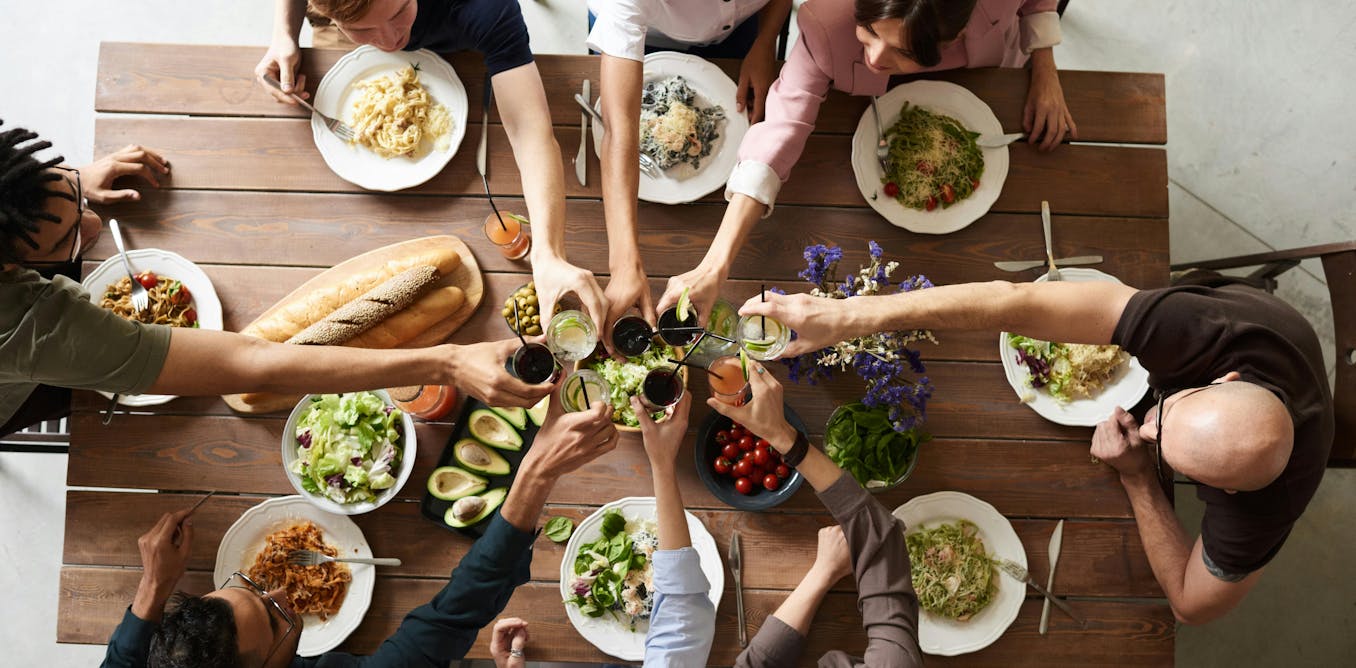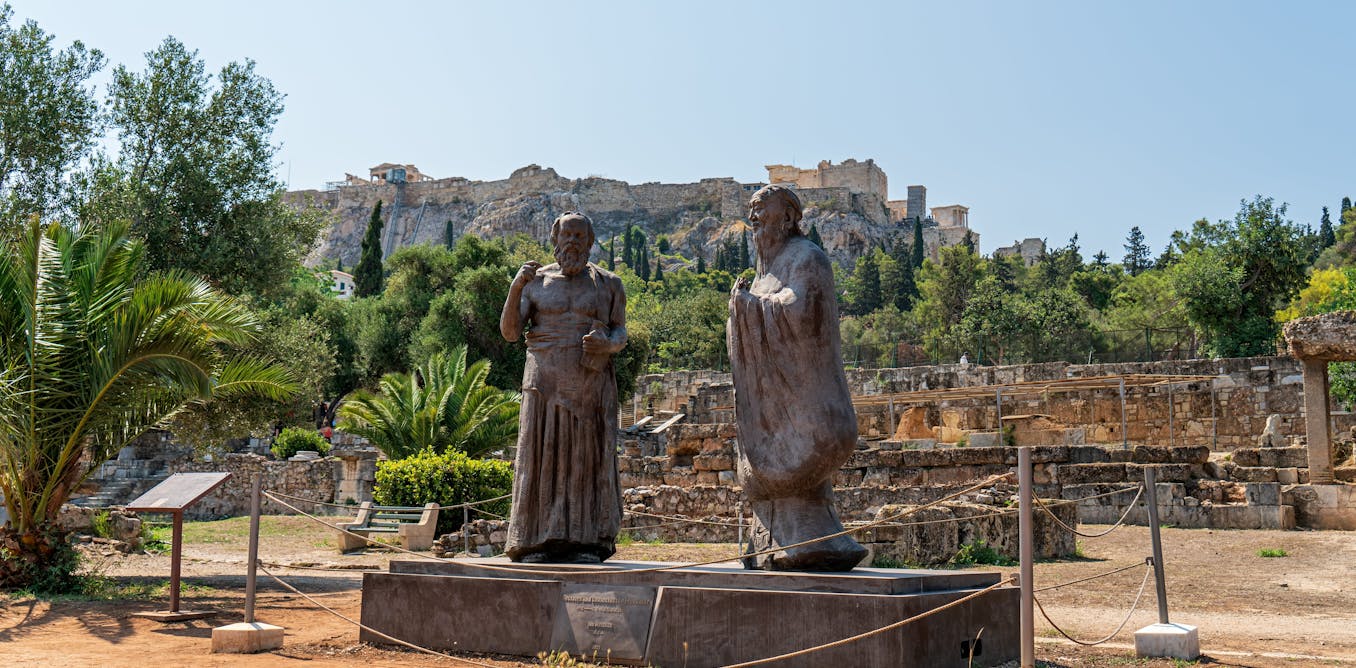This year’s federal election demonstrated that Australia’s media landscape has changed. Big players are no longer “kingmakers” in politics.
Influencers on TikTok and Instagram have seemingly become journalists. Politicians are going on podcasts, and campaign advertising has become memes.
Australia’s news media has historically been concentrated in the hands of a few large companies. Now there are fresh new voices.
But who are these new players? Are they even “journalists”? And to what extent are older media, such as News Corp, still influential?
Too much attention?
Labor’s stunning victory on Saturday night defied even the most optimistic predictions. But it was also evidence of the apparently declining influence of the largest commercial media company operating in Australia, News Corp.
In the recent past, News Corp and its owner Rupert Murdoch were regarded by politicians as a major factor in deciding elections. Getting on Murdoch’s good side was an important goal for budding prime ministers.
But despite its major papers supporting the Coalition at every state and federal election since 2010, the Labor Party still wins elections.
In the aftermath of the Coalition’s smashing defeat, commentators were even openly considering whether the Liberal and National parties were providing Murdoch and its Sky News channel with too much attention.
Analysts have suggested the Coalition’s fixation on “culture wars”, promoted by Sky News television hosts, left them out of touch with the issues ordinary Australians care about. The Coalition’s focus on Welcome to Country ceremonies in the final weeks of the campaign is an example of this tone-deaf misstep.
Read more:
In its soul-searching, the Coalition should examine its relationship with the media
Shifts of influence
The other major feature of this election was the rise of influencers. This started in December last year, when Peter Dutton appeared on Sam Fricker’s podcast. Fricker is a former diver with 168,000 Instagram followers.
Anthony Albanese followed suit in early 2025, when he appeared on Abbie Chatfield’s podcast. Chatfield is a politically progressive Instagram star with more than 560,000 followers.
Influencers weren’t just interviewing politicians, however. They were also reporting the news. In March, a dozen influencers were invited by the Labor Party to participate in the annual budget lock-up.
The privilege of reading the budget ahead of its official launch is usually reserved for journalists, but financial and feminist influencers, among others, were also included.
Some news outlets raised eyebrows at this development, while others expressed concern at reports the Labor Party had funded the travel costs for these influencers.
But what was clear was the government felt it could no longer rely on traditional media to get the message out. Instead, it recognised that influencers are now a major source of news for many people – especially young people.
Read more:
Social media is the new election battleground. Is embracing influencers smart, risky or both?
How do we make sense of this?
Does this mean influencers have replaced journalists? Well, it’s more complicated than that.
Research from the University of Canberra has shown young audiences receive most of their news from social media, and video content is increasingly popular for this demographic. The video platform YouTube has also become a powerhouse for political content, and upstart digital outlets such as The Daily Aus on Instagram have cemented themselves as legitimate news sources.
But we shouldn’t ignore traditional media. The ABC, along with SBS, is still the most trusted news source in Australia. The ABC’s recent election night coverage broke viewership records.
Established media has also been experimenting in digital news. This includes Guardian Australia’s influencer-style TikTok content, and the “Politics Explained” videos produced by the ABC’s multiplatform journalism team.
These developments in Australia reflect what’s been happening in the United States, where legacy outlets such as the LA Times and the Washington Post have become adept at creating fun, accessible and informative news content for digital audiences.
The recent focus on influencers also neglects how Australian news has been facing digital disruption for decades. In the 2010s, BuzzFeed Australia was also producing accessible and millennial-friendly news, and faced similar controversy when its journalists joined the Canberra Press Gallery.
Still, influencers present both opportunities and challenges for news. On the one hand, they can reach audiences who would otherwise be avoiding news. They can provide fresh new perspectives on issues, especially on topics relevant to young people, such as housing.
However, their ambivalent status also can present ethical concerns. Not being bound by newsroom codes of conduct can be freeing, but it can result in the transparency issues we saw in the budget lock-up.
Influencers’ emphasis on “authenticity” can also lead to partisan news coverage. Some influencers who call themselves “citizen journalists” have even been accused of spreading misinformation.
Australia’s news landscape is much more diverse than it used to be. But it’s also more complex than simply a story of old versus new media.

The post “In the age of the influencer, does the political backing of News Corp matter anymore?” by Edward Hurcombe, Senior Lecturer in Media and Communication, RMIT University was published on 05/08/2025 by theconversation.com






































Leave a Reply